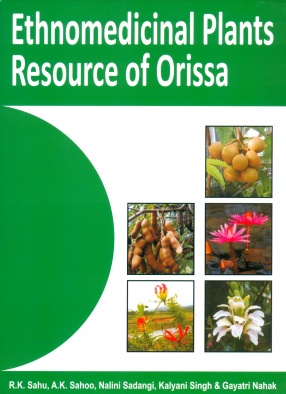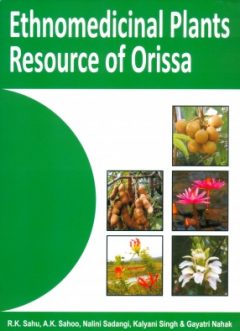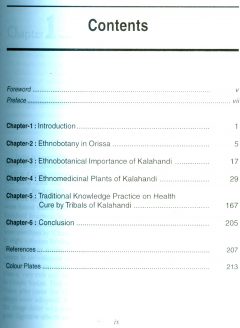Traditional medicine and ethnobotanical research, particularly when the literature and field work data have been properly evaluated. India is one of the twelve mega biodiversity countries of the world having rich in vegetables with a wide variety of plants with medicinal value. In many countries, scientific investigations of medicinal plants have been initiated because of their contribution to healthcare. Herbal medicines have good values in treating many diseases including infectious diseases, hypertension, etc. That they can save lives of many particularly in the developing countries is undisputable.
Even today many local and indigenous communities in the Asian countries meet their basic needs from the products they manufacture and sell based on their traditional knowledge. Herbal drugs obtained from plants are believed to be much safer, this has been proved in the treatment of various ailments. Rural communities, in particular scheduled caste tribes, depend on plant resources mainly herbal medicines, food, forage, construction of dwellings, making household implements, sleeping mats, and for fire and shade. Rural people not only depend on wild plants as sources of food, medicine, fodder and fuel, but have also developed methods of resource management, which may be fundamental to the conservation of some of the world’s important habitats.
The objective of this book is to popularize the ethno medicinal plants species used by the tribals in Kalahandi district of Orissa and the traditional medical practices of the local tribes. Such attempt will protect the traditional knowledge practices of indigenous peoples from disappearing of knowledge and helps in conservation of biological resources for sustainable use.










There are no reviews yet.